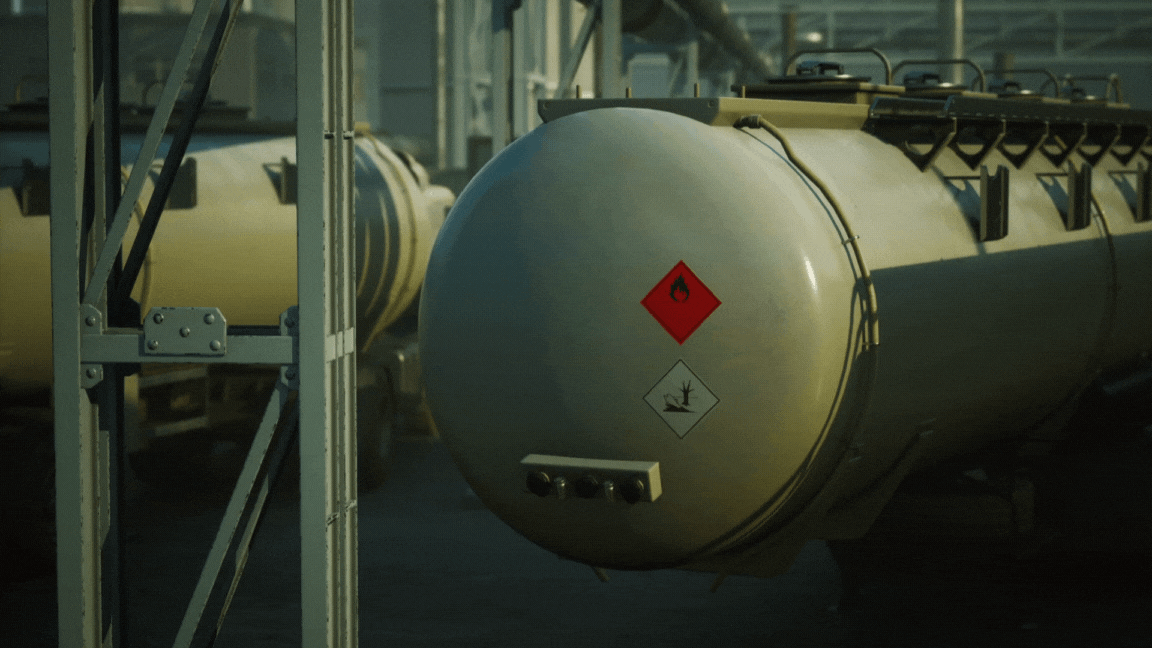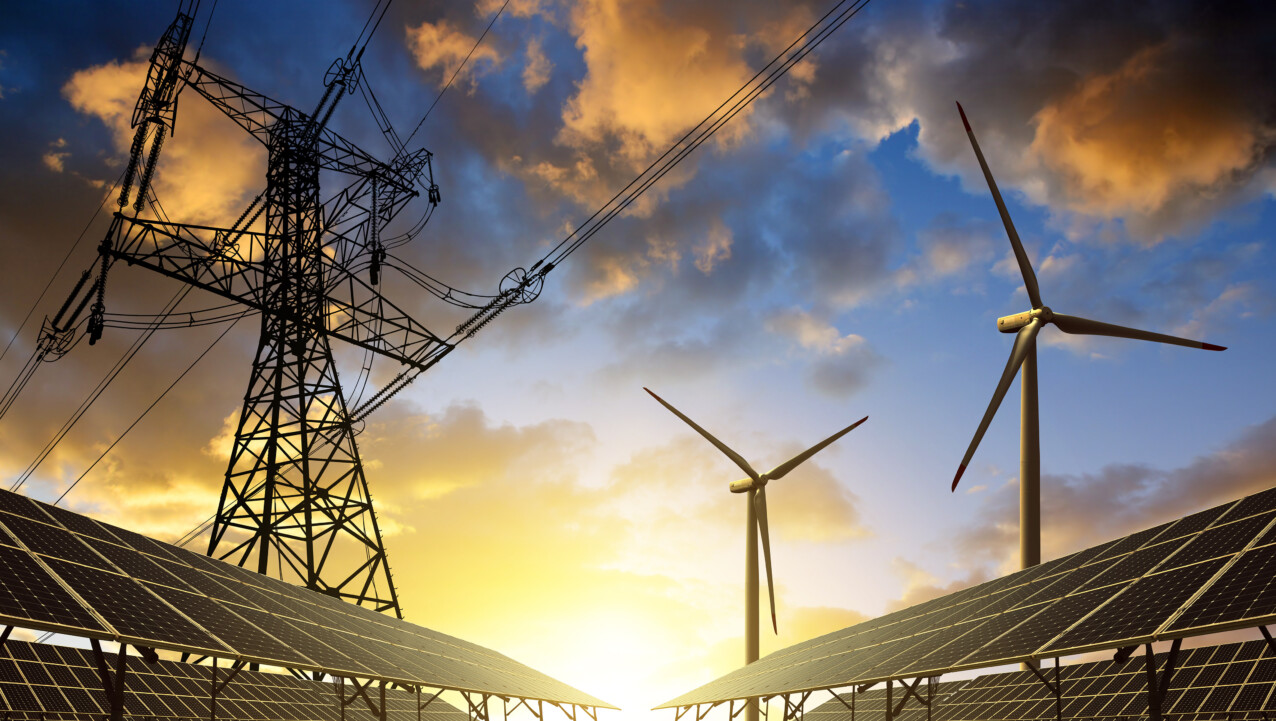April 26, 2023
In part one of our blog series on high utility bills, we focused on the factors behind the dramatic spike in gas bills for the average customer in Colorado this winter. In this installment, we’ll dive into five policy solutions that can keep energy affordable for all customers by transitioning from fossil fuels. These policies can be adopted by states or municipalities across the region – many of which have experienced similar gas bill hikes – with customers searching for explanations, answers, and relief.
 Solution One: Removing Subsidies for Gas and Penalties for Customers Leaving the Gas System
Solution One: Removing Subsidies for Gas and Penalties for Customers Leaving the Gas System
Gas utilities provide building developers with line extension allowances, or LEAs – subsidies paid by all gas ratepayers to cover the cost of connecting a new property to the gas system. For example, in Colorado, we estimate that in 2022 alone, Xcel Energy (the state’s largest utility) spent $12.4 million on residential line extension allowances, as roughly 12,800 new customers were added to the system. Xcel’s customers are responsible for paying off this $12.4 million cost through their gas bills.
Eliminating line extension allowances is a straightforward policy change that could directly lower rates for consumers. Ending these subsidies would save most major utilities millions of dollars per year and without them, customer rates would diminish.
Ending line extension allowances could also help nudge developers away from building with gas from the start, as they would more clearly see the costs and benefits of adding all-electric connections, rather than gas, to new homes. If more developers choose to build all-electric, utilities can postpone or even avoid large buildouts like Xcel’s recently approved, $27 million West Denver Metro Gas Project. Eliminating these allowances does not prevent a developer from building new homes that use gas, or a utility from expanding their gas system; it just ensures that current customers are not subsidizing the system expansion and incurring unnecessary costs.
Second, policymakers can phase out subsidies for customers to purchase gas appliances. Today, many utilities offer rebates for efficient gas appliances. But a new gas appliance purchase either ties that customer to volatile and high gas prices for decades or forces future equipment replacement costs.
These incentives also encourage customers to buy gas appliances that offer little energy savings and may cause negative health impacts. For example, a recent report shows that the maximum net gas savings resulting from storage water heater upgrades is minimal. Under Xcel’s most recently published residential gas rate, such an upgrade would net maximum savings of just $13.06 per year.
To solve this, legislatures or regulators could require gas utilities to sunset gas furnace and water heater rebates and focus instead on offering rebates on electric appliances for all residential and commercial products. We recommend ending incentives for gas water heaters in 2024 and for gas furnaces in 2027, unless the gas furnace is paired with a heat pump for primary heating.
Finally, many utilities impose large fees on customers when they choose to switch to electric heating and appliances and disconnect from the gas system. Policymakers can require that utilities not penalize these customers and develop new lower-cost methods for customers to safely disconnect from the gas system.

 Solution Two: Comprehensive Gas System Planning
Solution Two: Comprehensive Gas System Planning
To avoid saddling ratepayers with expensive and potentially unnecessary investments in fossil fuel assets, it is critical to require gas utilities to plan proactively, especially given many states’ goals for 100% decarbonization by 2050.
Some regulatory agencies have taken steps in the right direction. The New Mexico Public Regulatory Commission requires gas utilities to file integrated resource plans every four years. In Nevada, the legislature is considering a bill to require gas utilities to file resource plans. And the Colorado Public Utilities Commission (PUC) recently adopted regulations requiring utilities to provide Gas Infrastructure Plans every two years, in which utilities must provide information on the cost and carbon emissions of planned gas pipeline infrastructure investments. The new rules also require utilities to analyze non-pipeline alternatives, or NPAs, like electrification and efficiency to potentially avoid or postpone large, planned gas infrastructure projects.
While these requirements are useful, they can also be strengthened. For example, in Colorado, Xcel Energy, the first of the state’s utilities required to submit a Gas Infrastructure Plan, must analyze non-pipeline alternatives for just five projects, potentially missing key opportunities to implement alternatives in place of infrastructure projects. Other Colorado utilities must analyze only one or two projects. Additionally, the regulation allows the first Gas Infrastructure Plan to be informational and nonbinding for Xcel and allows the first two plans submitted by smaller gas utilities to be informational only.
Utilities should not be able to cherry-pick which projects will be the subject of non-pipeline alternatives. This is like allowing developers to decide which of their projects will be subject to environmental impact reviews. Regulatory agencies like the state’s Public Utility Commission should require that all projects over $2 million in estimated cost should be analyzed. Second, the legislature should consider requiring that Commission decisions on all Gas Infrastructure Plans be binding and arrived at using the standard Commission evidentiary hearing process; at the least, all utilities should be allowed only one informational Gas Infrastructure Plan filing, followed by regular, standard gas planning processes.
Lastly, state legislatures could establish processes for developing specified zones where utilities would engage in building electrification programs. In these areas, utilities would target retirement of portions of their gas systems. Areas where electrification would be more cost effective, communities that have long experienced the harmful effects of fossil fuel development and use, and communities with higher levels of low-income customers, could be prioritized. In these zones, regulatory agencies could be empowered to provide additional incentives for electrification and efficiency upgrades and prohibit expansions of the gas system.

Xcel invested $394 million in new pipeline capacity designed to support even more gas customers and load from 2019-2022, according to its most recent rate case filing. These investments required $49 million in additional revenue from existing customers this year. Yet the 46,488 new customers added in that same time provided only $25 million in annual revenue – a shortfall of nearly 50%. To pay off these investments, Xcel needs 64,613 more customers to join the system in the future.
 Solution Three: Accelerate Depreciation for Gas Assets
Solution Three: Accelerate Depreciation for Gas Assets
Ratepayers currently pay for gas investments for decades. For example, the assumed average lifespan for Xcel’s current gas investments is 57 years. In 2023, this is an entirely different issue than it was in 1960. An Xcel ratepayer today will be paying for new gas investments through 2080 – 30 years after Colorado has pledged to reduce its greenhouse gas emissions by 90%, and all buildings must be decarbonized. This means Coloradans will still be paying for the gas system infrastructure long after they have stopped using the system. And if we manage the transition poorly, those who are last left on the system will bear a disproportionate cost.
Many customers in the West will use gas infrastructure far less by 2050, when states like Colorado, Nevada and New Mexico have goals to reach zero or near-zero levels of carbon emissions. Yet even with these goals, the investment model of large gas utilities like Xcel relies on continued growth.
Xcel invested $394 million in new pipeline capacity designed to support even more gas customers and load from 2019-2022, according to its most recent rate case filing. These investments required $49 million in additional revenue from existing customers this year. Yet the 46,488 new customers added in that same time provided only $25 million in annual revenue – a shortfall of nearly 50%. To pay off these investments, Xcel needs 64,613 more customers to join the system in the future.
To visualize this, think back to the restaurant table analogy in part one of our series. How does the natural gas rate base get paid off over time? Xcel’s argument is that adding more customers to your table means you get to split the bill between more people. But even as more people are joining your table, not only are they ordering food for themselves, but they are also ordering food in advance for some of their friends who may not show up later. And the risk is that the bill will be higher for everyone at the table as a result.
A solution is to require gas utilities to depreciate all new gas investments using an assumed lifespan of 30 years. This ensures that ratepayers pay off gas investments by 2050, when the state will have largely transitioned off gas. It also allows us to evaluate these gas investments more realistically — are they still worth their cost, even if they need to be paid off more quickly? This would be in line with the state’s greenhouse gas emissions reduction goals.

 Solution Four: Support Beneficial Electrification
Solution Four: Support Beneficial Electrification
Today, electric utilities around the West offer incentives for efficient heat pumps and heat pump water heaters. To meet science-based climate goals, however, the deployment of efficient electric space and water heating appliances will need to be increased exponentially. The current federal rebates for heat pumps and heat pump water heaters are expected to stimulate the market; electric utility programs can amplify the federal incentives and can provide important complementary programs such as building weatherization. Electric utilities can provide these incentives through their existing energy efficiency plans, or, in Colorado, through beneficial electrification plans.
Additionally, in Colorado, gas utilities must file Clean Heat Plans to reduce greenhouse gas emissions to specific benchmarks. These plans can include a suite of technologies to meet decarbonization targets, including beneficial electrification of buildings – replacing direct fossil fuel use with electricity to reduce emissions and energy costs.
Building electrification is likely one of the lowest cost options to meet gas decarbonization targets; however, some gas-only utilities in Colorado have signaled that they have no intention to use beneficial electrification in their Clean Heat Plans. The legislature could update the Clean Heat statute to require that all utilities include portfolios with building electrification as part of Clean Heat Plans, or regulators could require utilities to evaluate those portfolios.
 Solution Five: Fund Workforce Development Programs for the HVAC Industry
Solution Five: Fund Workforce Development Programs for the HVAC Industry
The popularity of heat pumps – which are five times more efficient than their fossil-fuel burning counterparts – has surged. In 2022, more people in the U.S. bought heat pumps for their homes than traditional furnaces.
Yet a 2020 report for the Colorado Energy Office found that many HVAC contractors are unfamiliar and inexperienced with heat pump technologies, inflating the cost of installation. Many contractors are also skeptical of the viability of cold-climate heat pumps without an expensive gas backup furnace. This dramatically increases the estimated cost of replacing a broken gas furnace with a cold-climate heat pump. All these factors lead contractors and building developers to opt for gas appliances.
To better facilitate the consumer-driven transition to clean heating and cooling, legislatures across the West could increase funding for training and technical assistance to HVAC contractors, plumbers and building developers on electrification. Utilities can also offer these programs as part of their demand side management or beneficial electrification plans, and state energy offices can partner with local organizations, technical and trade schools to offer training programs for HVAC contractors, plumbers, and building developers.

Solutions Within Reach
When states like Colorado and New Mexico passed laws that mapped pathways to zero carbon emissions by 2050, it marked a paradigm shift, an acknowledgement that preserving the status quo could not continue. Mitigating the impacts of climate change – from wildfires and megadrought to the loss of critical biodiverse habitats across the West – demands bold action from our elected officials at all levels.
The solutions described here are feasible, commonsense measures. Over the long term, these policy changes will insulate households from volatile fossil fuel costs, while ensuring the transition to clean energy is cost-effective, equitable, and durable.
We can change this system, starting now. We have the smarts; we have the means. We simply need the political will to do the right thing for the good of all.



